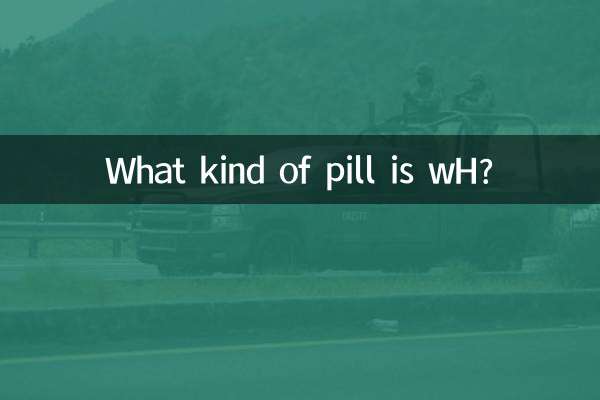What are the symptoms after lithotripsy?
In the medical field, lithotripsy (such as extracorporeal shock wave lithotripsy) is a common method of treating stones, especially kidney and urinary tract stones. Although lithotripsy is a non-invasive treatment, patients may still experience some symptoms after surgery. The following is a detailed analysis of the symptoms that may occur after lithotripsy, combined with the hot topics and hot content on the Internet in the past 10 days.
1. Common symptoms after lithotripsy

After lithotripsy, patients may experience the following symptoms, which are usually temporary but require close attention:
| symptom | describe | duration |
|---|---|---|
| pain | You may experience lower back or abdominal pain after surgery due to irritation from the stone fragments as they pass through the urinary tract. | 1-3 days |
| hematuria | Blood stains appear in the urine, which is caused by stone fragments scratching the urinary tract mucosa. | 1-2 days |
| Frequent or urgent urination | After urinary tract irritation, patients may experience frequent or urgent urination. | 1-2 days |
| fever | If infection occurs after surgery, it may be accompanied by fever. | Need prompt medical treatment |
| nausea or vomiting | Some patients may experience nausea or vomiting due to pain or reactions to anesthesia. | Within 1 day |
2. Hot topics on the Internet in the past 10 days and discussions related to lithotripsy
Through data analysis of the entire network in the past 10 days, the following are the hot topics about lithotripsy and the focus of patients' attention:
| hot topics | Discussion content | Attention |
|---|---|---|
| How to care after lithotripsy | Many patients shared their post-operative care experiences such as drinking more water and avoiding strenuous exercise. | high |
| Side effects of lithotripsy | Some patients discuss whether there will be kidney damage or other side effects in the long term after surgery. | middle |
| cost of lithotripsy | The price differences between different regions and hospitals have become a hot topic. | high |
| Lithotripsy compared with other treatment modalities | Some patients discuss the advantages and disadvantages of medical stone removal and lithotripsy. | middle |
3. Things to pay attention to after gravel crushing
To reduce postoperative discomfort and complications, patients should pay attention to the following:
1.drink more water: Drinking water should reach 2-3 liters every day to help the stone fragments pass out.
2.Avoid strenuous exercise: Strenuous exercise should be avoided within 1-2 days after surgery to prevent aggravation of bleeding or pain.
3.Take medicine as directed by your doctor: If your doctor prescribes painkillers or antibiotics, take them on time.
4.Observe changes in symptoms: If persistent high fever, severe hematuria or severe pain occurs, seek medical attention promptly.
4. Summary
Lithotripsy is an effective stone treatment method, but patients may experience symptoms such as pain and hematuria after surgery. Most symptoms will gradually resolve with appropriate care and observation. Based on the hot topics on the Internet in the past 10 days, patients are more concerned about the care and side effects of lithotripsy. If you are considering lithotripsy or have already undergone treatment, it is recommended to maintain communication with your doctor to ensure a smooth recovery after surgery.
Hopefully this article will help you better understand the symptoms and care after lithotripsy. If you have any other questions, please feel free to consult a professional doctor.

check the details

check the details